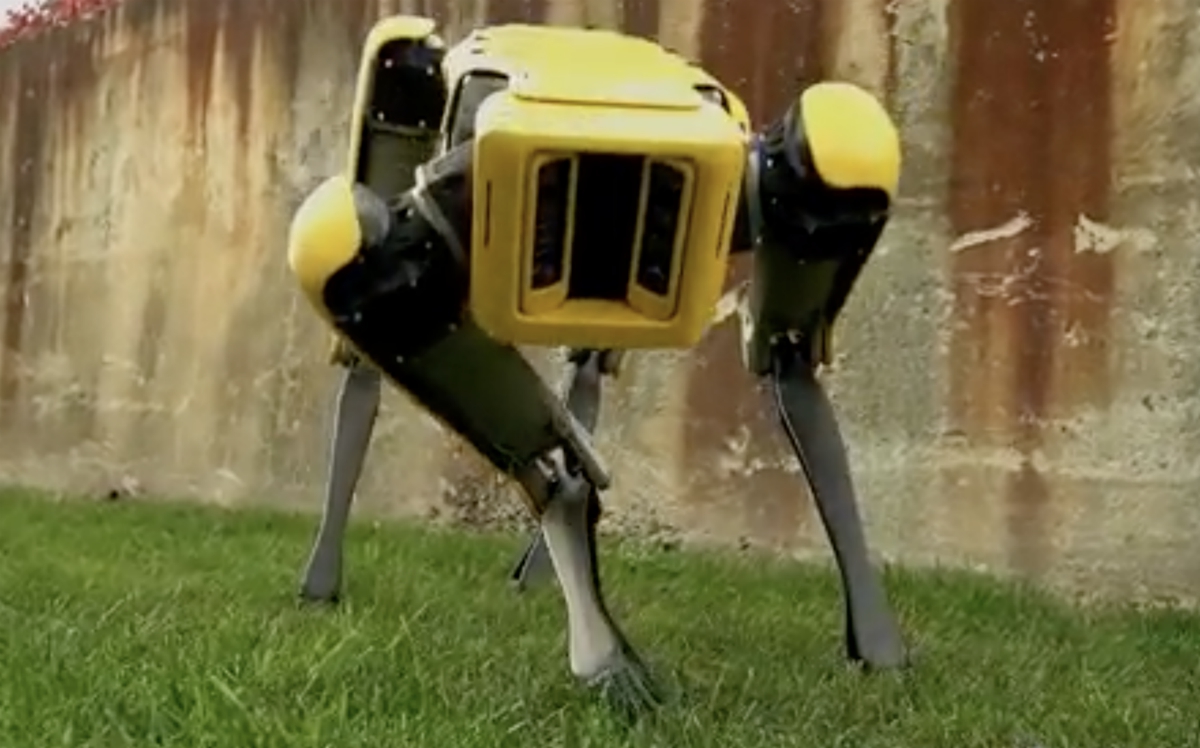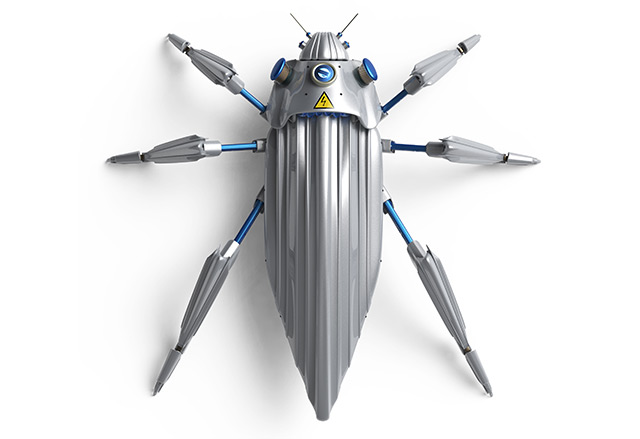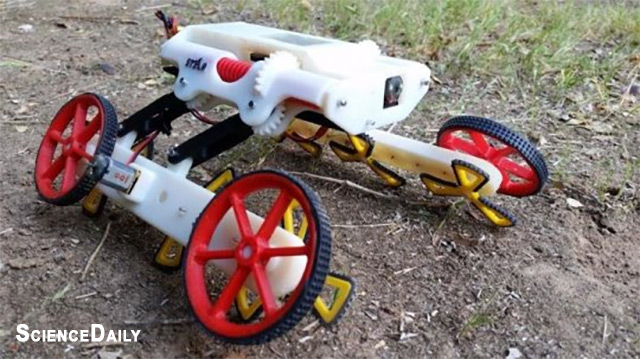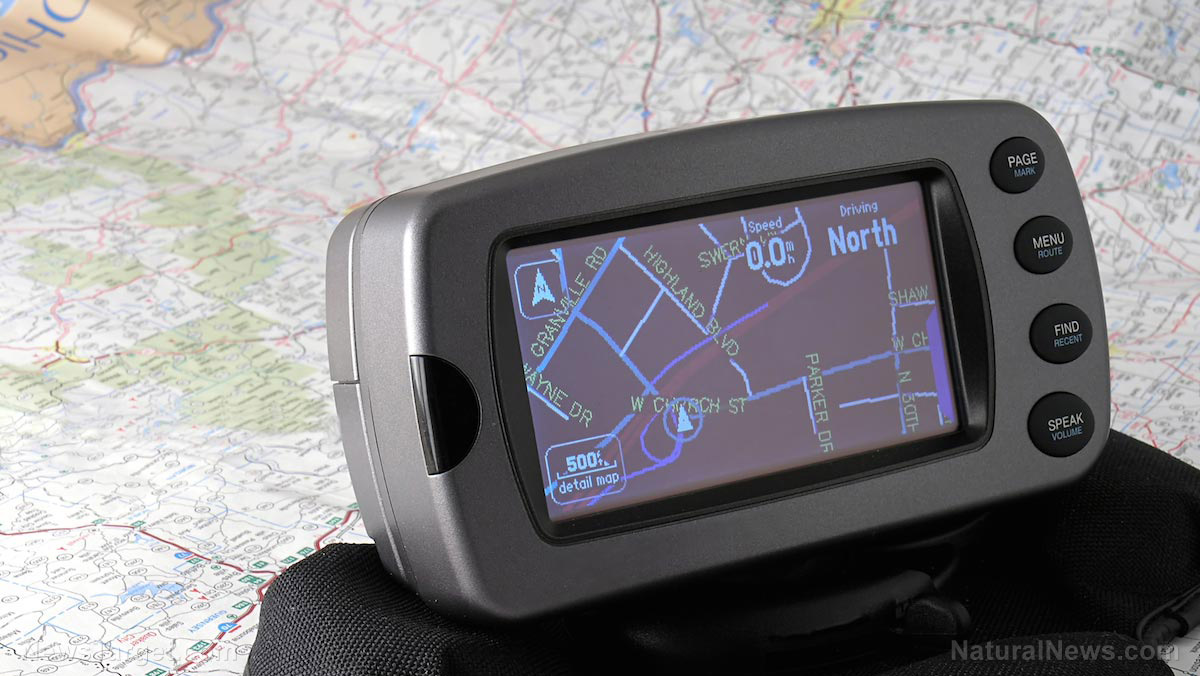Walt Disney wants to create humanoid “stuntbots” to replace actors in high-flying stunts
10/06/2018 / By RJ Jhonson

In the future, action movies could be crediting robots, too. Walt Disney Studios is developing humanoid robots designed to perform high-flying and dangerous stunts for its movies and live theater shows.
The “stuntbots,” also known as stuntronics, combine lasers, accelerometers, and gyroscopes to keep track of and correct their position in real time. These advanced technologies keep the robots stable as they are propelled high up into the air where they perform complex and spectacular aerial maneuvers – all while maintaining a superhero-worthy pose.
The robots are being developed by Walt Disney Imagineering Research and Development. Once complete, they will be used as stunt doubles in the blockbuster movies Disney produces, among which are the wildly popular Star Wars franchise and the films under the Marvel Cinematic Universe.
They will also be used in the entertainment giant’s theme parks and resorts to perform in front of a live audience. The goal is for them to replicate dangerous scenes and stunts from famous Disney properties.
Leaping across the uncanny valley
Disney’s foray into robotics is not the first attempt to create machines that replicate humans. Over the last few years, different developers and companies have launched humanoid robots that vary in closeness to actual people. Besides technical limitations, however, they all encountered one considerable problem – the so-called uncanny valley.
The term was coined by Japanese roboticist Masahiro Mori and refers to people’s aversion to anything that resembles a human being but isn’t quite right. As a theory, it explains that the closer a robot or computer animation is to a human being, the more people will reject it at the first sign of anything being amiss, whether it’s in something as big as the way characters or robots move or as minor as the way they blink. Beating or crossing the uncanny valley means creating a robot that viewers will accept as they would any human actor.
“One of our goals of Stuntronics is to see if we can leap across the uncanny valley,” says Morgan Pope, an associate research scientist at Disney and one of the minds behind the project.
To achieve this end, development is ongoing to make sure that the robots move as close to actual human acrobats as possible. The company is also developing another batch of animatronics that can replicate not stunts, but human locomotion and facial expressions. In live shows, these machines will work together and swap with the action-oriented stuntbots to provide seamless entertainment to audiences.
While the idea of crossing the uncanny valley may seem too lofty at the moment, considering how others have previously tried and failed, Pope and his team are determined to succeed.
“So often our robots are in the uncanny valley where you got a lot of function, but it still doesn’t look quite right. And I think here the opposite is true,” he says.
Competing with human actors
The team behind Disney’s stuntbots insists the project is not meant to endanger careers. Rather, it is an opportunity for the studio to provide entertainment without putting any actor in danger. (Related: Automation robots to result in huge job losses for Americans.)
However, the move comes at a time of growing fear over robots and automation taking over jobs traditionally performed by human workers. This fear isn’t unsubstantiated either as big companies, such as Amazon, continue to replace their workers with robots or automated services. One of their latest ventures is a fully automated store that can operate with very minimal human input. They have even sought patents for automated delivery systems that will carry orders via flying drones. Experts believe that by 2030, 800 million workers will have lost their jobs to robots.
To some, the move by Disney is proof that no one – and no job – is safe. After all, if even a job as specialized and as training-intensive as doing stunts can be occupied my machines, where does one draw the line?
See how fast robots are advancing by visiting Robotics.news.
Sources include:
Tagged Under: entertainment, humanoid robots, robot jobs, robot takeover, robotics, robots, robots replacing people, stuntbots, stuntmen, stuntronics, stunts, Walt Disney
















